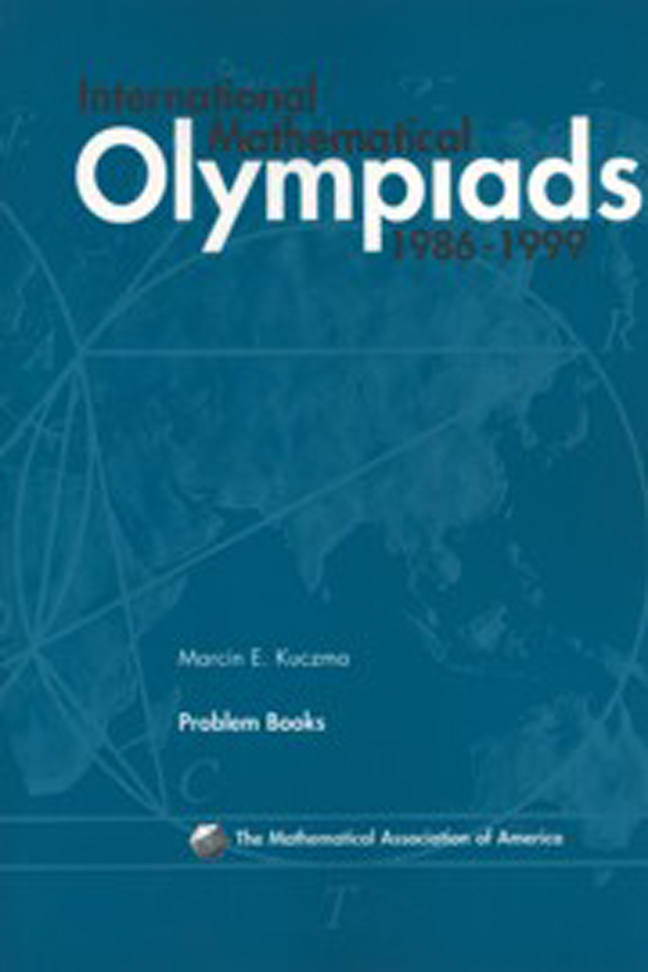Solutions
Summary
Twenty-seventh International Olympiad, 1986
1986/1
It will be enough to prove that at least one of the numbers 2d − 1, 5d − 1, 13d − 1 is not a perfect square. Assume, by the way of contradiction, that 2d = x2 + 1, 5d = y2 + 1, 13d = z2 + 1 for some integers x, y, z. By the first equation, x must be odd: x = 2t + 1. Hence also the number d = (x2 + 1)/2 = 2t2 + 2t + 1 is odd, and consequently y and z are even: y = 2u, z = 2v.
From z2 − y2 = 8d we get (v + u)(v − u) = 2d. The number 2d is divisible by 2 but not by 4. This gives the desired contradiction because the numbers v + u and v − u are of the same parity.
1986/2
First Solution. Consider the transformation of the plane defined as the composition f = r3 ∘ r2 ∘ r1, where rj is the rotation about Aj through 120∘ clockwise. The mapping f preserves the length and direction of every vector; hence it is the translation by a certain vector v. By the conditions of the problem, f(P0) = P3, and by periodicity, f n(P0) = P3n; the symbol f n denotes the n-fold composition (iterate) f ∘ f ∘ · · · ∘ f. Since f is the translation by v, f n is the translation by the vector nv. For n = 662 we get P3n = P1986 = P0. Thus v is the zero vector, which means that f is the identity map. Denote the point r2(A1) by B. Then A1 = f (A1) = r3(r2(r1(A1))) = r3(r2(A1))) = r3(B).
The isosceles triangles A1A2B and BA3A1 do not coincide; they have equal angles (∠A2 = ∠ A3 = 120°) and a common base A1B, hence they are congruent. Consequently A1A2BA3 is a rhombus (with angles 60° and 120°), and hence A1A2A3 is an equilateral triangle.
Second Solution. The same reasoning can be neatly written down in terms of the complex plane. The given points Ak, Pk (k = 0, 1, 2, …) are represented by the complex numbers ak, pk.
- Type
- Chapter
- Information
- International Mathematical Olympiads 1986-1999 , pp. 17 - 150Publisher: Mathematical Association of AmericaPrint publication year: 2003



